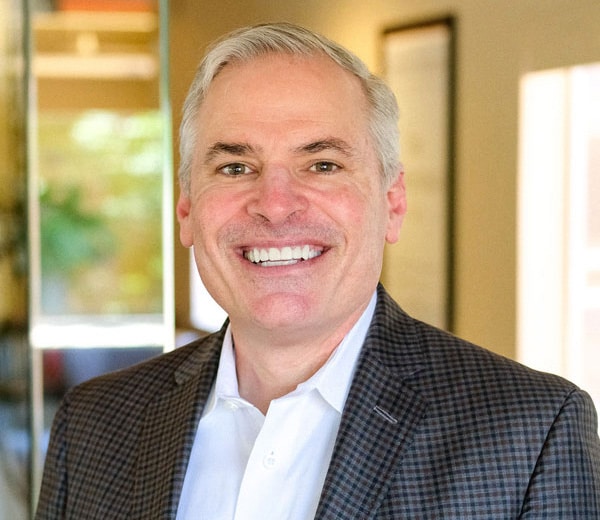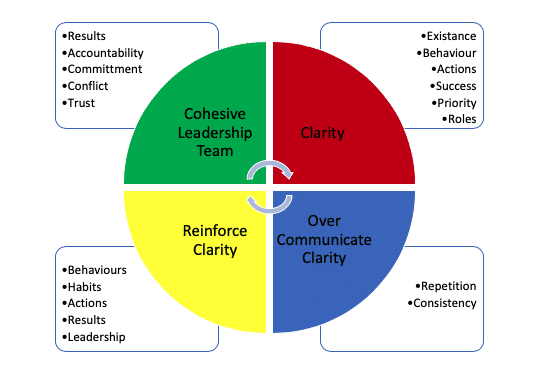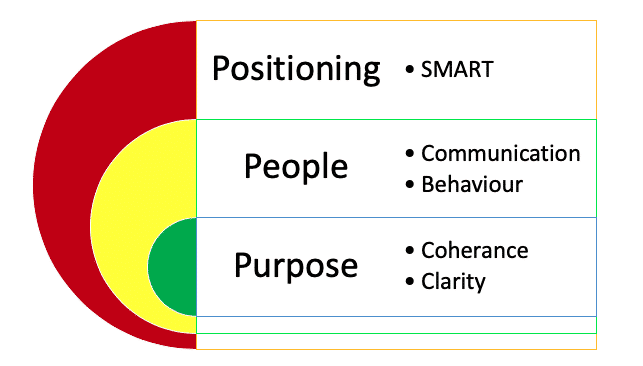Patrick Lencioni meets UP Ltd.

For those who have not heard of Patrick Lencioni, he is an internationally acclaimed author who, amongst other titles, wrote “The Five Dysfunctions of a Team”. Last week I had the pleasure of sitting in an exclusive seminar reserved for Vistage Chairs delivered by Patrick on Organisational Health.
fgh
Below is a summary of his insights as well as our own contribution to how his concept interacts with our 3 P’s for organisational and leadership success.
fgh
The starting point
fgh
While COVID-19 troubles everyone around the globe, forward thinking leaders are taking stock to see how to chart their path forward in a post-COVID economic environment.
fgh
Just like our own mental state, leaders need to look at the state of their organisation; to look out for any signs of fatigue, overuse, detachment, confusion, morale, efficiencies, etc. This article will assess the two components explored during the seminar and share some practical tips that will enable leaders care and restore their organisation’s health to ultimate performing levels.
fgh
Patrick Lencioni outlines two key determinants for a successful organisation which I will delve into reflecting on his insights and referencing that to our own thought leadership:
- It needs to be SMART,
- It needs to be Healthy.
fgh
Let’s start with Healthy
fgh
Lencioni defines a healthy organisation as one which is characterised by:
- Minimal politics
- Minimal confusion
- High morale
- High productivity
- Low turnover of staff
fgh
In order to achieve this, Lencioni continues to illustrate 4 disciplines that an organisation’s leadership needs to master in order to nurture a healthy culture.
fgh
A quick run through stipulates the importance of alignment amongst the leadership team (firstly) and the leadership with the rest of the organisation; Lencioni calls this Cohesive Leadership. This helps focus on results-driven objectives, accountability at all levels, commitment to the results, it allows for ‘safe conflict’ because of high levels of trust. Conflict is important as it helps quash any misunderstandings or misgivings about any of the other elements and is only possible with high levels of trust.
fgh
The second segment addresses the issue of Clarity at multiple levels. Primary of all is the reason to exist; Why do we (as participants in the organisation) do what we do. What are the behaviours that define our reason, the actions we take and the success we achieve. It also allows further definition of the roles within the organisation and prioritisation on what matters most NOW.
fgh
The third discipline Lencioni describes is the need for consistency and repetition in communication. Termed as Over Communicate Clarity, especially during uncertain time, over communication enables leaders to filter out any noise, any doubt which is filtering in by means of the media, social media gossip, disengaged colleagues and other unproductive influencers.
fgh

fgh
Finally, the fourth discipline digs deep into reinforcing what is the ‘rallying cry’ of the organisation. This time the emphasis is on actions that ‘speak louder than words’. It is all about leading by example … from the front, in a manner that represents why the organisation exists, the behaviours of the people, the habits, actions and results.
fgh
Now let’s get SMART.
fgh
As I mentioned above, Lencioni defined 2 determinants as essential for a successful organisation. The first was Healthy and the second being SMART. I will now go briefly into what a SMART organisation should look like and then wrap-up by bringing Lencioni and UP Ltd together for the finale.
fgh
SMART stands for: Strategy, Marketing, Finances and Technology.
fgh
Lencioni highlights the need to leaders to take in a practical approach to strategy based on what matters most NOW. There is scientific research that stipulates human brains struggle to plan and implement plans that go beyond 90 days and Lencioni repeats this by referring to strategies as actionable on the basis of identifiable results. This enable quick wins which reinforces motivation, and we all know that particularly now, motivation may be hard to come by.
fgh
Then there is Marketing. Once you have a plan, you need to ‘establish credibility’ by getting the word out. Marketing goes beyond the fancy ad campaigns and more into the second discipline mentioned above; Clarity over why the organisation exists and why should customers (or employees for that) trust you.
fgh
Third you obviously have resources. A successful organisation is one that knows what resources they have at their disposition, whether directly or through their supply chain. This is all about understanding what you control and what you can influence.
fgh
Finally, he speaks about Technology. And let’s face it, when better should organisations be embracing and taking advantage of the technology available and that which is yet to come.
fgh
When Patrick met UP
(with apologies to When Harry met Sally!)
fgh
As intimated earlier, this is where you get my two cents.
fgh
Going through Lencioni’s seminar it became clear to me that is coincided very much with my own take of what businesses should be focussing on at the moment.
fgh
Below, I present my focus area ‘triade’ (with no affiliation to any underworld activity) alongside Lencioni’s insights.
fgh

fgh
Starting with Purpose enables leaders to communicate what intentions they have for the business as a representation of themselves. It is no secret that business is about building relationships and people (whether employees, suppliers or clients) will gravitate towards those they build a stronger bond with. This bond is built on the authenticity they perceive from the language, behaviour, actions and results the leaders and business achieve. This is very much in line with what Lencioni depicts as the first two disciplines for a healthy organisation.
fgh
Secondly, I have listed People. Business is ALL about people. Again, whether the leadership team, staff, supply chain or clients, business is run on and by people. Even in a new technology age, it is people that write the code, inform the system’s architecture, and plan the roll-out. People will remain central to all business activity, just in a different way. For this reason, leaders need to ensure they are a true representation of themselves and the values of the organisation in order for ‘their people’ to feel inspired and motivated to work with them. Showing vulnerability is a strong sign of trust and confidence rather than weakness and enables the discovery of personal as well as professional opportunity.
fgh
Thirdly, leaders need to Position themselves on the basis of the first two elements. No strategy can be implemented effectively without the right building blocks. This will enable for better decisions and greater results, both financial and impact. Once this is established the strategy will allow leaders and businesses to understand their ‘rallying cry’. This will automatically position themselves within the market as – to paraphrase Simon Sinek – an infinite player; one that has the long term in sight but is focussed on getting what matters most now right.
fgh
If you would like to know more about how we can help you define your own ‘triade’ get in touch on [email protected]. Similarly, if you would like to share your thoughts on how you built your own version, please do so in the comment box.
fgh
UP Ltd is still offering a FREE 30-minute consultation to those who need to figure things out. Reserve your slot here.






